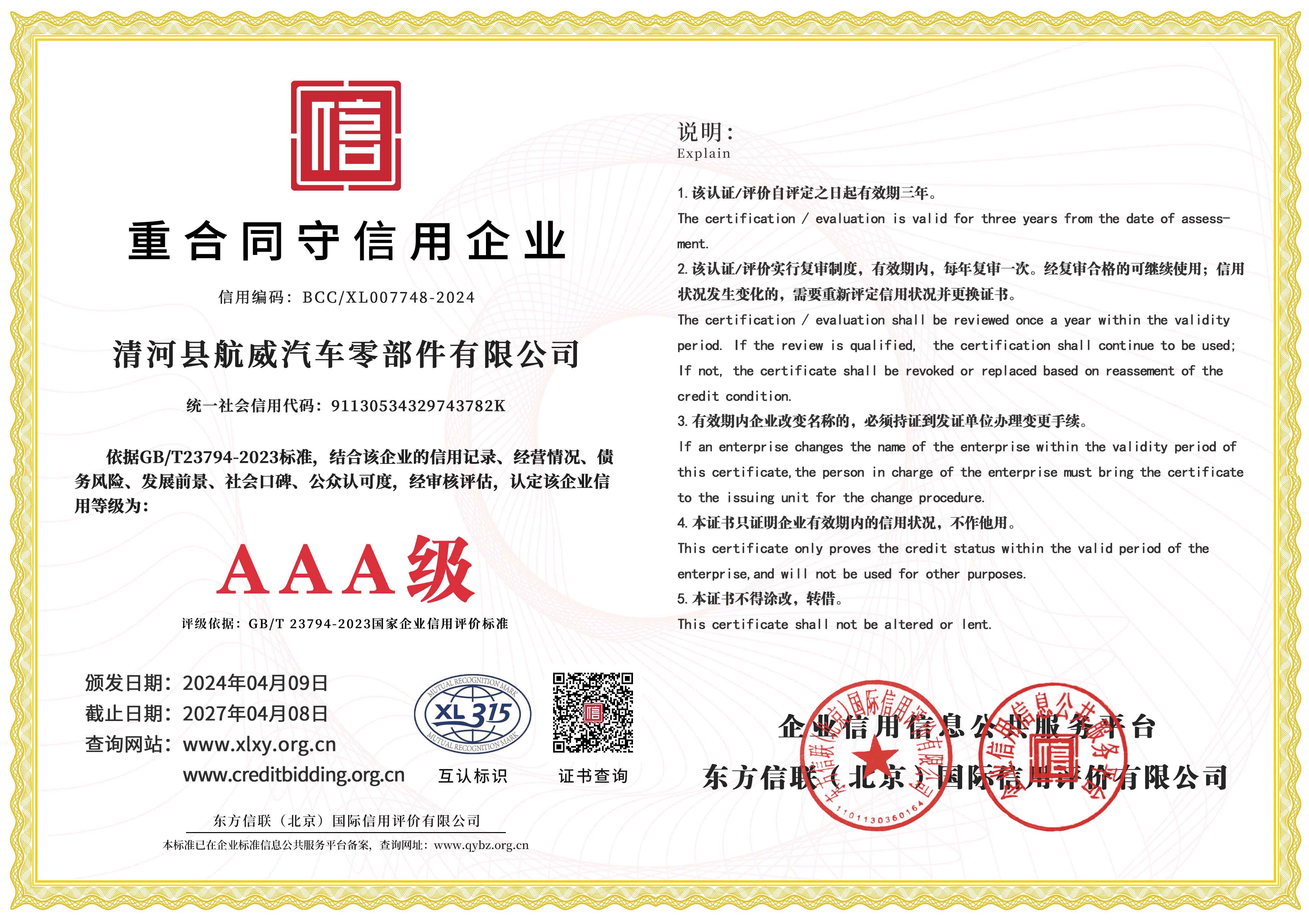Fine-tuning the Throttle Cable for Optimal Performance Adjustments
Adjusting the Throttle Cable A Comprehensive Guide
The throttle cable is a crucial component of any vehicle's engine management system. It connects the accelerator pedal to the throttle body, allowing drivers to control the engine's power output by regulating the air-fuel mixture entering the combustion chamber. Over time, this cable may stretch or wear out, leading to performance issues such as slow acceleration or erratic engine responses. Adjusting the throttle cable can help restore optimal vehicle performance. This article provides a detailed guide on how to adjust your throttle cable effectively.
Understanding the Throttle Cable
Before diving into the adjustment process, it's essential to understand how the throttle cable functions. When you press the accelerator pedal, it pulls the cable, which in turn opens the throttle body valve. This valve controls airflow into the engine, and the more you press the pedal, the more air enters the combustion chamber. A correctly adjusted throttle cable ensures that this process occurs smoothly, providing a responsive driving experience.
Signs that Your Throttle Cable Needs Adjustment
Several symptoms indicate that your throttle cable may require adjustment
1. Insufficient Acceleration If your vehicle is sluggish when you press the accelerator, it might be a sign that the cable is too loose. 2. Unresponsive Throttle A cable that is too tight can cause the throttle to stick, leading to an unresponsive accelerator. 3. High Idle If the engine idles higher than normal, this could indicate an incorrectly adjusted throttle cable that doesn’t allow the throttle to close fully. 4. Noise Any unusual sounds, such as clicking or binding, may point to an issue with the throttle cable.
Tools Needed for Adjustment
Before beginning the adjustment, gather the following tools
- Ratchet and socket set - Screwdrivers (flathead and Phillips) - Measuring tape - Throttle cable adjustment tool (optional) - Safety eyewear and gloves
adjusting the throttle cable

Steps to Adjust the Throttle Cable
1. Locate the Throttle Cable Open the hood and locate the throttle cable, typically running from the accelerator pedal to the throttle body. Ensure the engine is off to prevent any accidental acceleration. 2. Inspect the Cable Check for any signs of wear, fraying, or damage. If the cable is damaged, it may need replacement rather than adjustment.
3. Adjust the Cable Tension Using the appropriate tools, locate the adjustment nut on the throttle cable. This is usually found near the throttle body. Loosen the nut slightly to allow for proper adjustment.
4. Set the Desired Tension Pull the cable to take up any slack while ensuring it does not become overly tight. The goal is to achieve a balance where the cable is taut enough for responsive throttle action without binding.
5. Check the Idle Position After adjusting the cable, it’s essential to verify that the throttle plate is fully closed when the accelerator pedal is released. You can do this by manually inspecting the throttle opening. If it doesn’t close properly, make further adjustments as necessary.
6. Test Drive the Vehicle Once the adjustment is complete, take the vehicle for a test drive to ensure that acceleration is smooth and responsive. Pay attention to how the engine responds at various speeds and throttle positions.
7. Recheck the Adjustment After the test drive, recheck the cable tension and idle position. Minor adjustments may be necessary after real-world testing.
Conclusion
Adjusting the throttle cable is a straightforward process that can significantly impact your vehicle’s performance. By following these steps, you can enhance the responsiveness of your accelerator and ensure a smoother driving experience. Regular inspections and adjustments can prolong the life of the throttle cable, ultimately contributing to better engine efficiency and performance. Always remember to prioritize safety and consult with a professional mechanic if you encounter any issues beyond your expertise.
-
Workings of Clutch Pipe and Hose SystemsNewsJun.04,2025
-
The Inner Workings of Hand Brake Cable SystemsNewsJun.04,2025
-
The Secrets of Throttle and Accelerator CablesNewsJun.04,2025
-
The Hidden Lifeline of Your Transmission Gear Shift CablesNewsJun.04,2025
-
Demystifying Gear Cables and Shift LinkagesNewsJun.04,2025
-
Decoding Clutch Line Systems A Comprehensive GuideNewsJun.04,2025
